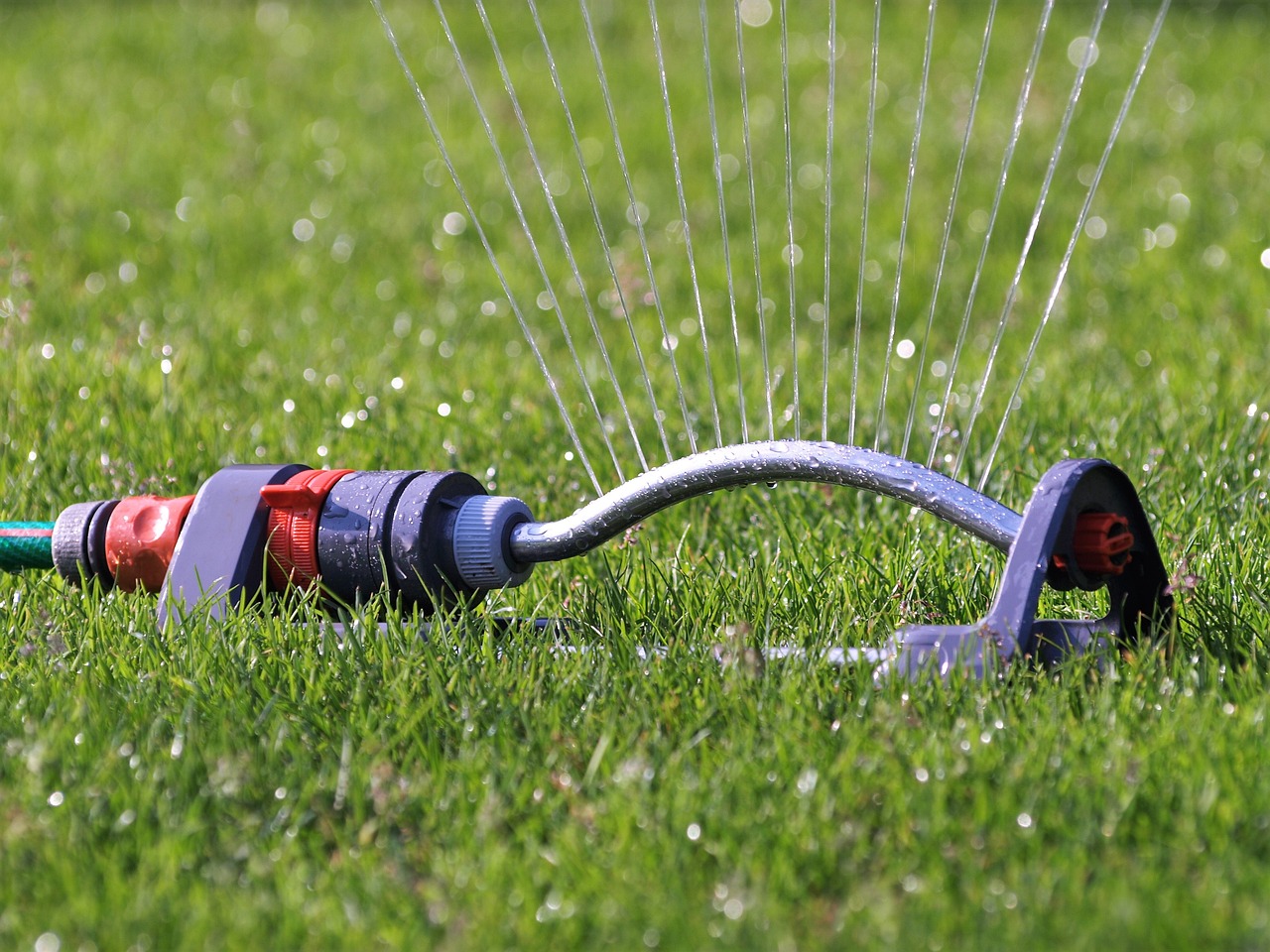Maintaining a lush, green lawn requires proper watering techniques. While water is essential for a healthy lawn, understanding the right frequency is crucial to prevent both overwatering and underwatering. In this blog post, we will delve into the factors that influence watering frequency and provide practical tips to ensure your lawn stays hydrated and vibrant throughout the year.
The climate and season play a significant role in determining how often you should water your lawn. In hot and dry climates, more frequent watering may be necessary to combat heat stress and prevent the grass from drying out. However, in cooler climates or during periods of increased rainfall, you can reduce the watering frequency. It’s important to adapt your watering schedule based on the current weather conditions, as overwatering can lead to shallow root growth and increased vulnerability to diseases.
Another crucial factor in determining watering frequency is the type of soil and grass in your lawn. Different soil types have varying water retention capabilities. Sandy soils drain quickly and require more frequent watering, while clay soils retain moisture for longer periods, necessitating less frequent watering. Additionally, different grass species have different water requirements. Warm-season grasses, such as Bermuda or Zoysia, generally tolerate drought better and require less frequent watering than cool-season grasses like Kentucky Bluegrass or Tall Fescue.
Regular monitoring of your lawn’s moisture levels is essential to ensure you’re providing adequate water without overdoing it. One effective method is the “screwdriver test”: insert a screwdriver into the soil after watering to check for moisture depth. If it easily penetrates 6-8 inches, the lawn is properly hydrated. If not, it’s time to water.
Achieving a healthy and vibrant lawn is all about finding the right balance in watering frequency. Considering climate, season, soil type, and grass species will help you determine how often to water your lawn. Regular monitoring and adjustment will ensure your lawn receives the perfect amount of water, promoting deep root growth and overall vitality.

